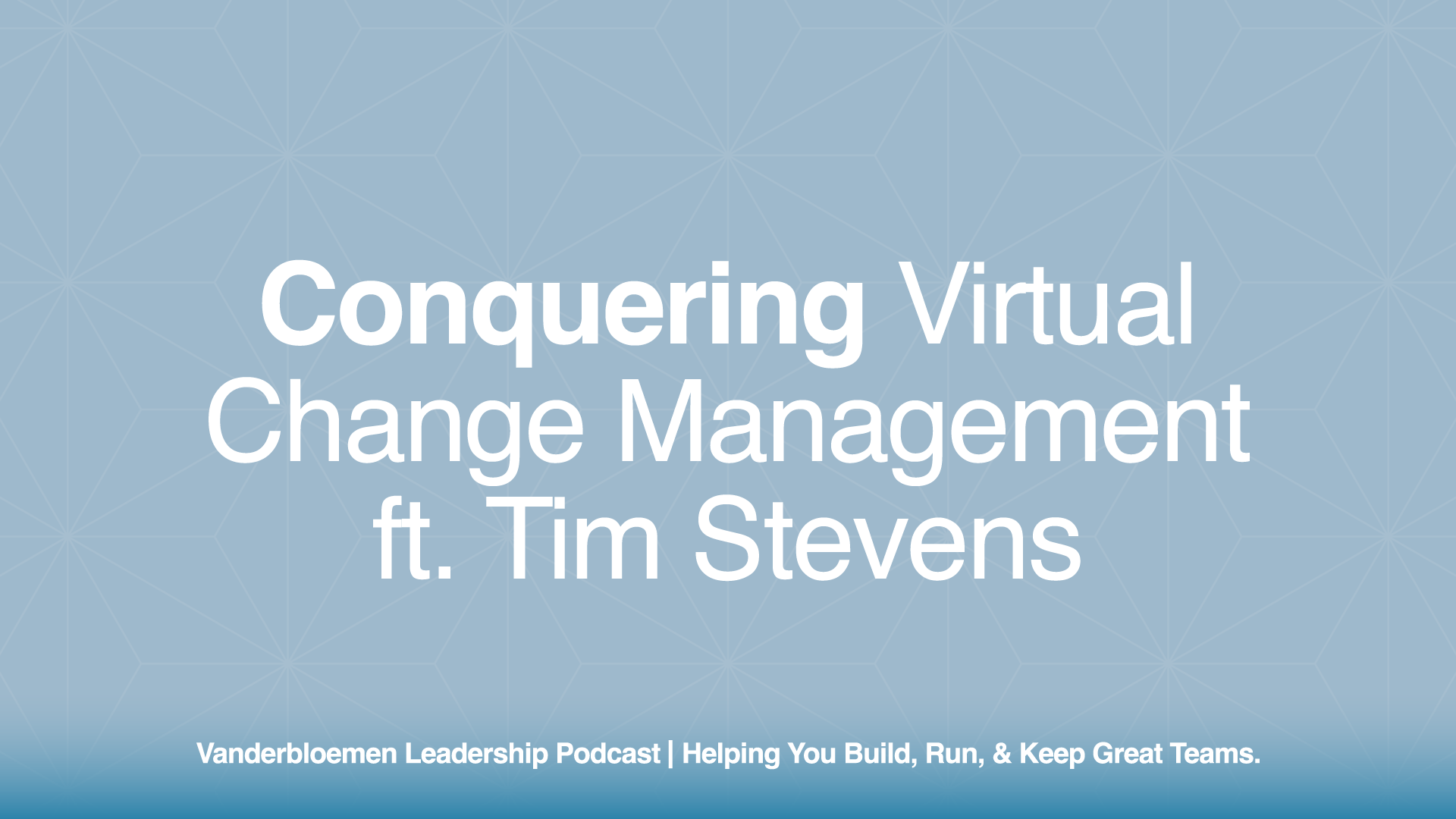In a time of continuous change, it is more important than ever for churches to prioritize communicating effectively with their church members. As we continue to alter the ways we gather, it is critical for churches to have an effective communication strategy that ensures information is readily available.
It can be challenging to determine how to successfully use your communication strategy to reach members who are participating in the church, both online and offline. I interviewed a panel of top church communication experts to discuss ways to effectively communicate with your church body through this time of continuous change. The panel included:
Kenny Jahng – Founder and CEO, Big Click Syndicate
Kem Meyer – Author & Communications Leader, Granger Community Church
Shayla Kenworthy – Partner and Director of Business Development, Fishhook
Ryan Wakefield – Founder of Church Marketing University
What Is Church Communications?
To fully understand the importance of effective communication strategies, first, it’s important to answer the question, “what all does church communications really encompass?” This is what our panelists had to say:
- A centralized ministry for your church. Although it’s every church leader’s job to be a great communicator, it’s especially crucial for those who manage the message for the church community. In a digital world, your online presence is your first impression in many cases. Displaying your values and culture in a clear way helps you attract people who align with your message and depict an honest picture of your church or organization.
- An agile area of ministry that reduces information overload. What’s considered necessary information will vary from church to church. However, it’s vital for leaders to reduce information overload while still communicating the important narrative to the people in your church. Clear and concise is always the goal in order to keep your audiences attention and ensure everything you communicate is purposeful.
- Shapes the narrative and message around the mission of the church. Church communicators infuse the mission and vision into all of the church’s endeavors. It’s vital that everything you prioritize points back to your mission in a clear way.
Understanding Church Communication Trends Since COVID-19
- During COVID-19, other ministries are understanding and valuing the importance of effective communication. Church communications is now a crisis clarifier, cutting through the noise of content overload.
- Realizing the need to simplify the message and translating it in a way that’s easy to understand.
- Agility is the secret weapon in being effective at communicating with your church community. You have to aim to “comfort the disturbed and disturb the comfortable.” – Kem Meyer.
- The understanding and prioritization of leading others and ourselves in the process of developing communication strategies that are effective.
8 Challenges Communications Leaders Are Facing
- Navigating accelerated pace of changes. While many ministries are feeling a slowed pace due to canceled in-person activities, Communications teams are busier than ever trying to get out content to advise and support their congregations and communities. Remember to prioritize what’s important for your audience to hear rather than simply doing for the sake of doing.
- Designing a strategy and plan to effectively communicate with the church community while everything is uncertain in this season. With mandates changing every day, it’s difficult to plan long-term in this season. Try to keep a big picture mentality, so each of your efforts are targeted despite changes in tasks or direction.
- Building strength in new areas of communication such as live streaming, online life groups, and online worship experiences. If you weren’t online before, now is a great time to become an expert in online tools. They will come in handy even once we are able to meet in person again.
- Finding peace in the midst of learning to do new things and leading others even when you don’t have all of the answers. While it’s an overwhelming time, seize the opportunity to care for those you serve. Remember that God is in control even in situations that we see as chaos. With His peace, look for opportunities to share that love and grace with others.
- Refraining from operating from a place of panic. Focus on what’s most essential and important for the church in this season. Prioritize your goals for each month, week, and day, and don’t feel discouraged when plans fall short.
- Encouraging leaders and determining what can be put on hold right now. While challenging, considering what can be put on hold will help bring a sense of clarity to the vision and can prevent burnout in other leaders.
- Finding space to propose and suggest new things that contribute to forwarding the communication strategies in place. Take advantage of this season when Communications responsibilities are crucial. While it’s a chaotic time, it’s also your time to shine in your organization and prove your value as a communications expert.
- Determining what the community building-piece online is in order to facilitate engagement amongst the church community. For those new to online outreach, figuring out how to genuinely connect with others in this season is overwhelming. Check out these tips on how to conduct effective outreach online.
What Is an Omni-channel Presence?
Omni-channel is a way to reach audiences across various channels of communication while integrating the experiences and providing a clear understanding. It’s a process that champions less clutter and less noise by using a common strategy to create an empowering framework that clarifies what you’re doing and what you want your audience to understand. Overall, it aligns your online and offline channels.
For example, we held this initial conversation on Facebook Live to reach people who are on social media and enjoy live discussions and interaction. However, we also shared this recording on YouTube, so viewers can find the video later, and we created this blog post for people who prefer skimming information over watching videos. We will also post links back to this blog on our other social media platforms. Using this one conversation in numerous ways allows more people to find this information no matter where they’re searching.
Omni-channel is also a way to remember what you’re trying to accomplish. There’s an emphasis on what’s most essential and how you can convey the same message online and offline. There’s wisdom in going all in and deciding how you can be fully present for your community. However, it’s vital to determine what areas of ministry you will go all-in. You will become fatigued and lose your authenticity trying to be everything to everyone.
Navigating The Possible Tension Between Church Leaders and Church Communications
The tension between church leadership and church communications exists because these areas are often viewed as separate roles. However, a church communications leader should have a seat at the leadership table to be the one to bring a sense of clarity. They should help carry the mission and vision of the church to bridge the gap between ministries.
This role can contribute significantly to the leadership table by focusing on what needs to be communicated to the church community and the most effective way to translate the church’s message. This can be done effectively when all leaders can collaborate.
Qualities & Responsibilities of Church Communications Leaders
A Church Communication leader is someone who can adapt to change quickly. They should also be able to think at a high level and lead others to the best strategy at any given time. This person can look at the big picture and develop teams of other people as their first solution to problems. While many communications leaders had their content strategy laid out for Q2 and Q3 this year, COVID-19 forced them to pivot and focus on creating the content people needed during this crisis.
To make tough calls like this, these leaders need to have high emotional and relational intelligence and the ability to relate to and communicate with others. It’s the Communications team’s job to strike a balance of sticking to a plan and pivoting to the needs of their audience. It’s critical to keep a pulse on the needs of your audience at all times to understand what they want to see from your church.
Another quality necessary for this role is the capacity to identify the essentials while also being a strategical advocate. Your communications leader will be the person who consistently reminds everyone of the strategy and essentials so it points them back in the right direction of the mission and vision.
4 Tips for Strategizing With the End-User in Mind
- Determine who you are as a church and align that identity with your brand experience.
- Understand your audience and who you want to connect with your brand. Make serving this audience your primary goal.
- Get to know your community well by gathering data whenever you can. This will help you understand your community and their needs. Each church is different, so you have to be committed to learning your people.
- Focus on your community and deliver content that connects with them. This will help you build ministries around what genuinely connects with them.
For more insight on the importance and responsibilities of Communications leaders, check out our Ultimate Guide To Church Communications. Also be sure to visit our panelists’ websites for more church communications resources:
Kem Meyer – kemmeyer.com
Kenny Jahng – https://churchcommunications.com/
Ryan Wakefield – Church Marketers Facebook Group
Shayla Kenworthy – https://www.fishhook.us/learn


